Return-to-Office Traffic Reaches Record Level
Find out which markets are making the biggest strides, according to an analysis by Placer.ai.
The return-to-office landscape continues to evolve as 2024 winds down, with foot traffic in key markets reaching 66 percent of the pre-COVID levels, its highest level since, according to Placer.ai.
Office visits in October this year were compared to October 2019. While traffic numbers continue to play catch-up, the latest data is the highest recorded since February 2020. And we all know what happened after that.
The firm’s index analyzes foot traffic data from over 700 commercial office buildings in key markets, including Miami, New York City, Atlanta, Dallas, Washington, D.C., Boston, Chicago, Denver, Los Angeles, Houston and San Francisco. It includes those with retail (such as a coffee shop) on the first floor. Mixed-use buildings are not included.
New York City was the most active market, with October visits at 86.2 percent of October 2019’s levels, followed by Miami at 82.6 percent.
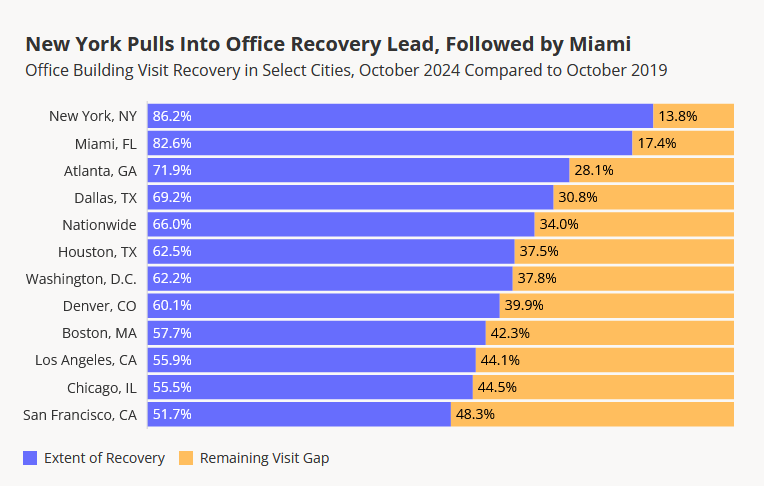
“Office attendance in NYC has picked up, but nowhere near 86.2 percent of October 2019’s levels. Even on the best of days, you still see noticeably fewer people on the subway, picking up lunch, etc., than pre-pandemic,” Pierre Debbas, co-founder of Romer Debbas, New York, told Commercial Property Executive.
“We have likely hit a new norm in office attendance given that the major corporations who planned on enacting mandates have already done so, and small businesses continue to reduce their office exposure or continue with the flexibility of their workforce,” Debbas added.
READ ALSO: Innovative Solutions for Return-to-Office Challenges
South Florida continues to lead the nation in return-to-work, according to Matthew Schnur of the Fort Lauderdale Downtown Development Authority. Fort Lauderdale employees have returned to the office at a rate 20 points higher than the national average for the past four years.
From Fortune 500 headquarters to major professional services firms, downtown Fort Lauderdale’s offices remain buzzing with activity and have added more than 3,000 new jobs over the past year.
“Cities like Fort Lauderdale provide a roadmap for how major employment hubs can bounce back in the post-pandemic era,” Schnur said. “With over $350 million of investment in public spaces underway, thousands of new apartments, 50 new restaurants and multiple cultural venues opening over the past four years, we’ve built a dynamic downtown full of new experiences.”
Markets with significant return momentum include Washington, D.C. (16.4 percent), Boston (15.6 percent) and Atlanta (13.8 percent).
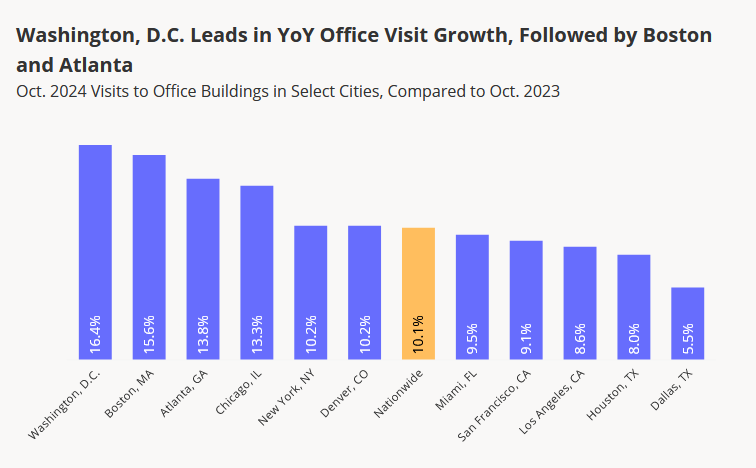
One-third mandate in-office, full-week
More companies are requiring employees to work in the office full-time. About 33 percent of U.S. employers mandate full-time in-office work, which is expected to rise slightly in 2025, according to Doug Ressler, business manager at CommercialEdge.
He told CPE that hybrid models remain popular despite the push for more in-office work. Many organizations balance remote and in-office work to accommodate employee preferences and operational needs.
There’s a growing trend of employees finding ways to navigate these mandates, such as “coffee badging,” where they briefly show up at the office before working remotely.
HR leaders are increasingly caught between executive demands for in-office work and a workforce that prefers flexibility. This tension will continue, requiring HR to enhance their data tracking and policy enforcement skills.
“More companies are expected to reconfigure their operating models by leveraging freelancers and contractors, supported by AI and automation,” Ressler said. “This approach is anticipated to grow from 27 percent to 33 percent of organizations globally by 2025.”
According to Ressler, the conversation is shifting from where employees work to how they work. “Embracing AI, flexible talent strategies, and hybrid work will be crucial for success in the evolving macroeconomic environment. These trends highlight the dynamic nature of the workplace and the need for employers and employees to be flexible and adaptable,” he added.
In September, Inspired by Somerset Development, the firm behind Bell Works in New Jersey, announced more than 75,000 square feet of new and extended office leases. These deals have brought the property to a 98 percent occupancy rate, according to Ralph Zucker, the firm’s CEO.
“We’ve seen consistent year-over-year growth in daily employees returning to the office at the highest levels since 2020. This further underscores our metroburb model, which encourages employees to be in person,” Zucker said.
Food lures employees, makes them happy
In Grace Hill’s KingsleySurveys, tenants were asked about their in-office policies. The three categories of in-office policies included required full return to office, mandatory partial office attendance and optional office attendance. Optional office attendance declined by 3 percent from 2023 to 2024, while mandatory partial office attendance and required, full return to office increased by 2 percent each.
“If you’re trying to keep your tenants satisfied when they’re in the office, we highly recommend focusing your efforts on food amenities,” Jen Tindle, vice president of Strategic Insights at Grace Hill, told CPE.
Grace Hill’s KingsleySurveys also asked tenants for their top three amenities requests. Based on hundreds of thousands of responses, seven of the top 25 were related to food.
Guckenheimer for instance focuses on workplace dining programs.
“We’ve seen client employees leveraging on-site food at or above pre-pandemic levels on Tuesday, Wednesday and Thursday, with “shoulder days” Monday and Friday at about 50 percent,” said Guckenheimer CEO Paul Fairhead.
“That reflects what is becoming the standard in hybrid work models. We have also found participation on shoulder days is directly related to commutation—if someone’s commute is an easy suburban drive, the numbers are up,” he observed. If the commute is longer and more arduous, the drop in population is even more prominent.
“Through entertaining activities, agility in labor solutions and space programming, as well as creative menu-ing, however, we’re building a little FOMO among client employees and gradually driving greater participation on the shoulder days while remaining cost-neutral compared to the rest of the week.”
More in-office days for tech workers
“We continue to see increasing occupancy trends within the technology sector,” Robert Kolar, division president, technology, JLL Work Dynamics, told CPE. He added that many tech companies are putting forth more specific return-to-office policies and measuring show-up rates differently now than a year ago. Furthermore, employees are also more acutely aware that time in the office is noticed and, in some cases, tracked more closely, which is influencing behaviors.
In JLL’s 2024 Future of Work Survey, 43 percent of technology respondents expect the number of in-office days to increase between now and 2030.
“Gateway cities see the strongest trends of increased office attendance, such as New York City, where numbers are closing in on pre-pandemic levels,” Kolar said.
“Office activity further supports retail, hotels and restaurants, creating a more vibrant local economy in the places where activity levels are improving. The upward trend in 2024 will continue into 2025 as employer expectations are more clearly communicated and employees adapt to those expectations.”
Return to office boosting economies nearby
The increase in foot traffic is seemingly due to the push for return-to-office across industries, according to Robert Sandler, real estate + leasing partner with Farrell Fritz, New York.
“This, in turn, creates a more active and healthy commercial office leasing market, but there are some caveats to that,” Sandler said. “The Class A and higher amenity buildings continue to outweigh older buildings, as many struggle. Clients who invest and upgrade their properties fill their offices at higher occupancy rates.”
Major employers have slowly been mandating more frequent in-office days for employees, according to Todd Monahan, executive vice president & managing director of WCRE/CORFAC International.
“Once reluctant to force a return to the office for fear of losing valuable employees, employers now insist on at least two or three days in the office each week,” Monahan said. Downtowns and central business districts are noticeably more populated, especially on Tuesday, Wednesday and Thursday.
Employees who changed jobs once or twice since 2020 are now reluctant to move simply due to the ability to work remotely, Monahan observed. “Especially now that those options are slowly evaporating, given that most employers are mandating a return to office.”
READ ALSO: Why Slow Return-to-Office Doesn’t Threaten Office REITs Now
In San Francisco, downtown’s high-rise office district is seeing a gradual return of office workers boosting ground-floor retail and dining. But this doesn’t capture the full picture of the city’s rebounding strong economy, according to Ali McEvoy at Maven Commercial.
“Many of the city’s neighborhood corridors are thriving, with vacancy rates below 10 percent—and sometimes under 5 percent. Cafés and nightlife are buzzing again, thanks to a mix of tourism and residents, and, yes, a growing portion of returning office workers.”
People are returning to the workplace in San Francisco, confirms Ed Del Beccaro, executive vice president & San Francisco Bay Area regional manager at TRI Commercial Real Estate Services/CORFAC International. More employers are demanding it, as are some co-workers, he added. However, as leases come up for renewal, some tenants are downsizing their office space, generating higher vacancy rates.
“We see more people on Tuesday, Wednesday and Thursday and less on Monday and Friday. So, adjoining retail sites still are not getting pre-pandemic foot traffic. But good news: Back to work.”
Flight to quality wins the day
The office sector’s flight to quality positively impacts office traffic trends in markets such as Salt Lake City, where the average office rental rates are up from last year, according to Tim Helgeson, senior vice president at KBS and asset manager for Millrock Park.
“With companies like Amazon and Starbucks encouraging employees to return to the office five days a week, the trend is clearly on the rise,” Helgeson said.
Since January 2023, KBS has signed 106,912 square feet of new, renewal and expansion leases at Millrock Park, a four-building, 494,289-square-foot Class A office park in Holladay, one of Salt Lake City’s most desirable submarkets.
“This continued leasing momentum at Millrock exemplifies the overall appeal of best-in-class office space in key markets throughout the country,” he said.
According to Colliers, Salt Lake City’s average asking rates for office leases have steadily increased, particularly downtown.
“Some industries are not only maintaining their current office footprints but also expanding them, such as professional service firms,” Helgeson observed. “Many of these companies are attracted to well-located, highly amenitized office properties as they seek ways to attract and retain top talent.”
Hybrid model is ‘the norm’
Companies are walking a fine line with employees when dealing with returning to the office or working from home, according to Robert Martinek, director at EisnerAmper.
There are still a vast number of employees who want to work remotely indefinitely, he added, but the hybrid model is now the new norm. “This allows flexibility for everyone in the company. After the pandemic forced many workers to work from home, we see people slowly trickling back into the office.”
The vast majority of respondents say there are benefits to having employees in the office versus working from home, according to Martinek. Business leaders cite improved communication, creativity, productivity and company culture. Additionally, some companies offer incentives for employees to return, including catered meals, commuter benefits and higher pay, he added. Younger staff often go into the office seeking interaction and guidance.
“Some people indicate they will leave their jobs if a strict return to office is implemented. However, I suspect as the labor market loosens and fewer jobs become available, more people will return to the office regularly.”
More productivity when employees show up
When businesses in the same industry compare themselves to their competitors who are back to the office versus their remote policy, remote office revenue is not as high, their culture is less dynamic, and their ability to retain and attract talent is not as strong, according to Gordon Ogden, executive managing director in the New York office at Bradford Allen.
“Mandates are being won by businesses who show up in person versus a Zoom call. In-office is recognized as better from top to bottom and bottom to top,” Ogden said. Executives believe their businesses are more productive when everyone is in at least four days per week and, ideally, five unless there are employees who have commutes over two hours each way, in which case four days per week is acceptable.
“Employees have found that social interaction is welcome, and amenity-laden offices have benefits not found at home. Many employees appreciate the energy of colleagues, synergies created to accomplish tasks, and the change of scenery between home and office.”
Ogden said most businesses have found that technology solves the mechanics of remote work. However, most workers require in-person social interaction to advance business goals and objectives, he observed.
And while the return-to-office trends are not unique, according to Philip Metzger, senior designer at IA Interior Architects’ Denver studio, the city’s mile-high goals bring unique challenges.
“Finding the right location is essential for brands and teams,” he said. “Still, the real catalyst is the need for intentional, high-functioning spaces as committed to impactful design as those who use them. The best workplaces are purpose-driven, embracing thoughtful amenities and designs that foster genuine connections and echo our region’s active, adventure-driven spirit.”
Office culture is undoubtedly returning in Denver, Metzger told CPE. “Still, at the same time, we are blazing new trails, with brands and people drawn by the unique opportunity to be in the heart of the country and combine vibrant urban life with the Rocky Mountain experience.”




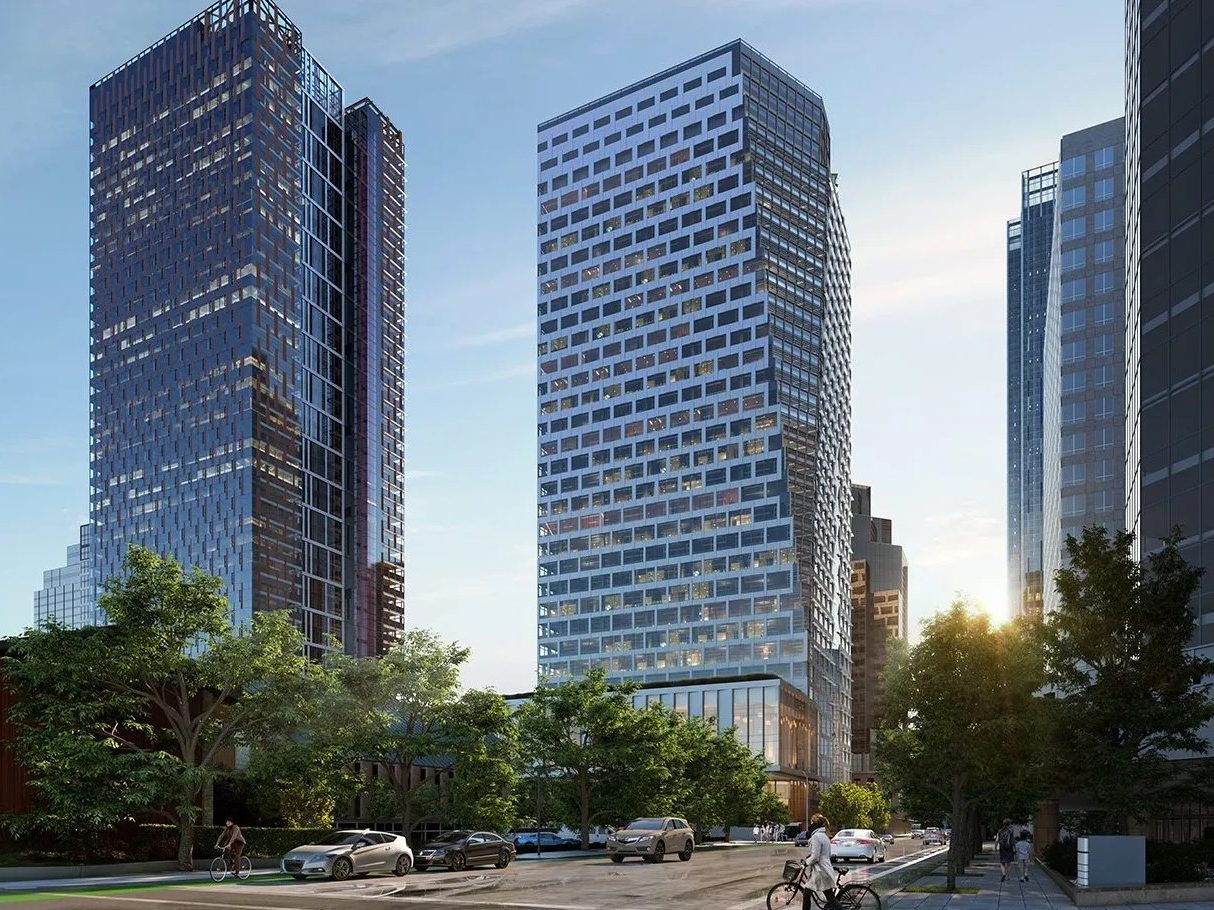
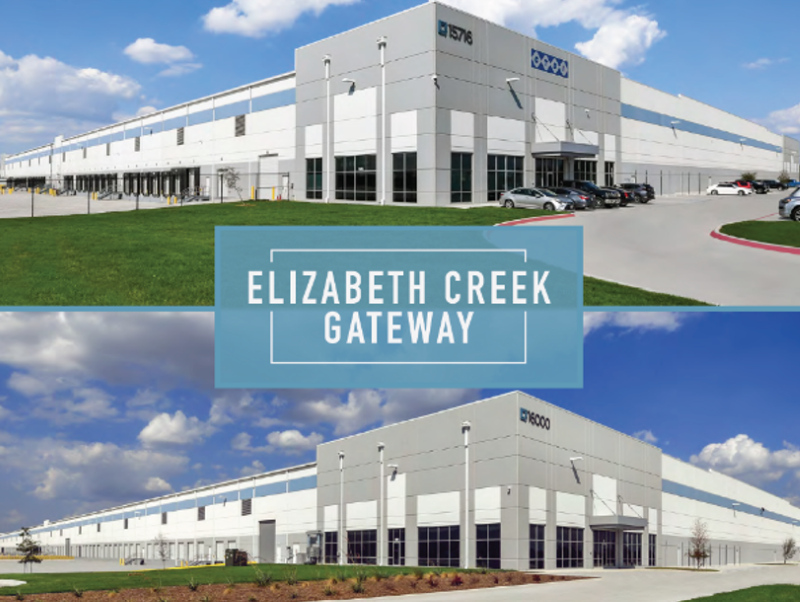
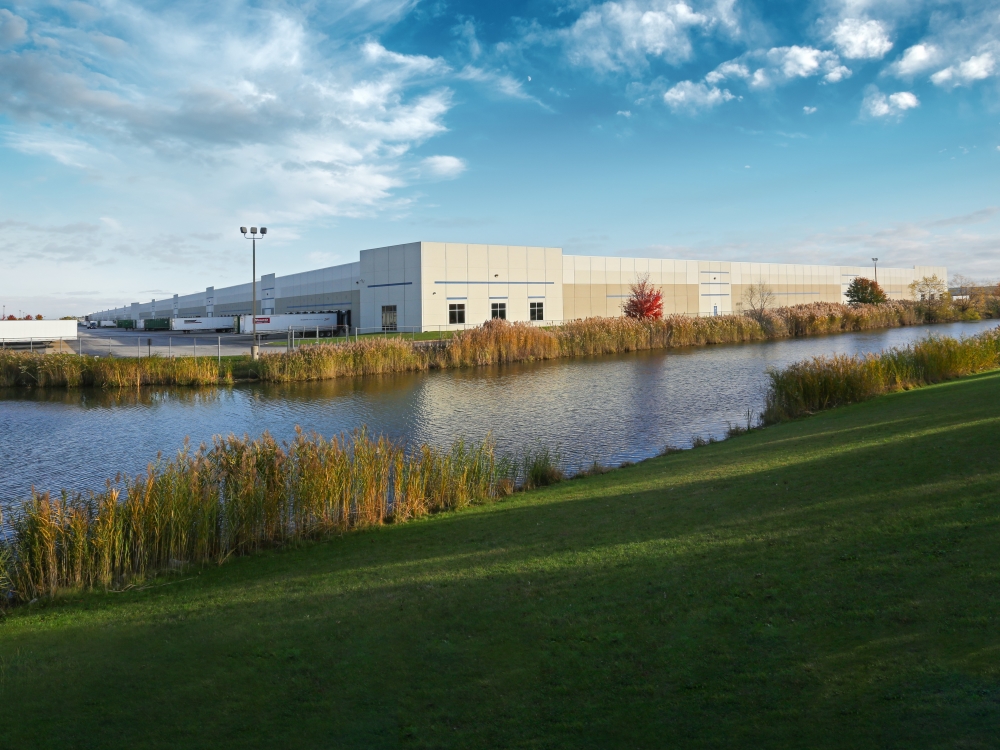
You must be logged in to post a comment.